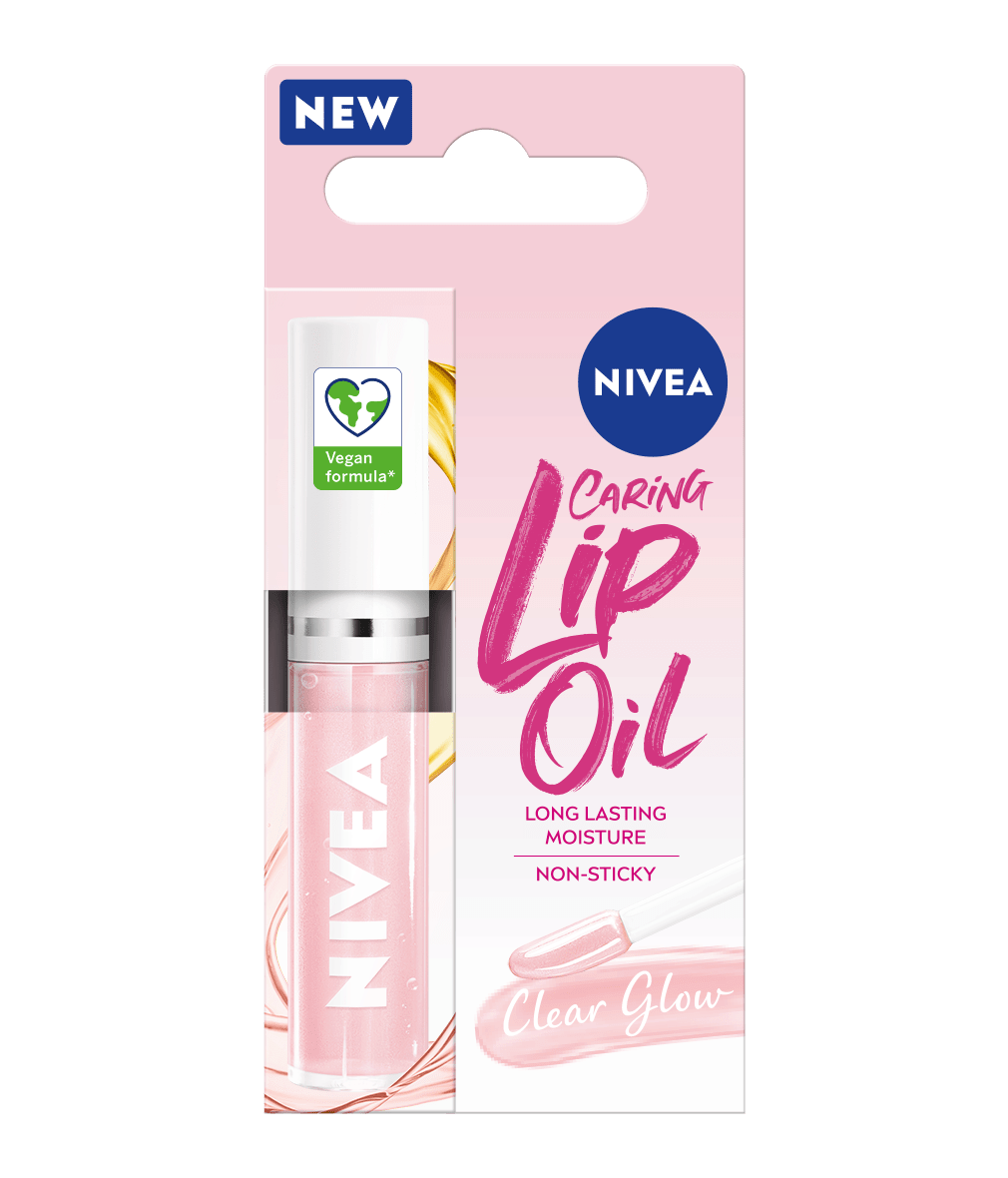
WHAT IS MELANIN? WHAT DOES IT DO FOR SKIN?
Discover what Melanin is, how it is produced, what it does for the skin and how you can reduce or balance its production.
WHAT IS MELANIN? WHAT DOES MELANIN DO?
Melanin is a complex substance derived from the Amino Acid Tyrosine. It exists in different amounts in human and animal skin, giving you your eye, hair, and skin colour.
Our skin colour varies based on factors like blood flow, diet, and Melanin, produced by cells named melanocytes. Though the number of melanocytes is similar among people, the varying Melanin production gives different skin shades.
Melanin shields the skin from the sun, and increased production leads to a tan, therefore helping to protect your body against sunburn.
Our skin colour varies based on factors like blood flow, diet, and Melanin, produced by cells named melanocytes. Though the number of melanocytes is similar among people, the varying Melanin production gives different skin shades.
Melanin shields the skin from the sun, and increased production leads to a tan, therefore helping to protect your body against sunburn.
TYPES OF MELANIN
DIFFERENT SHADES OF MELANIN IN THE SKIN
Your skin gets its colour due to the production of melanin within the melanosomes, organelles located in the melanocytes. These cells are found in the lower part of the skin's epiderm called the basal layer. They have long branches which distribute the melanosomes containing melanin evenly throughout the upper layers of the skin. The colour of your skin depends on how much brown-black (EuMelanin) or yellow-red (PheoMelanin) there is, and also on how many Melanosomes are in the Melanocytes.
Melanin production
WHERE IS IT PRODUCED?
Melanin is made by melanocytes which are found in the basal layer of the epiderm (top layer of the skin) and hair follicles. They are also present in different parts of your body, such as:
- Adipose tissue (fat) ;
- Eyes irises
- Specific areas of your brain
- Certain regions of your ‘adrenal gland’, found on the top of each kidney
- Your inner ear
What Does Melanin Do?
HOW DOES MELANIN PROTECT THE SKIN?
Facts Overview
Melanin
CONSEQUENCES OF MELANIN DEFICIENCY
A lack of Melanin is associated with various skin disorders and health issues, including:
Balancing Melanin levels
HOW TO REDUCE EXCESS MELANIN
Certain people generate an excess of Melanin, a condition referred to as hyperpigmentation. This is a benign occurrence, and people with heightened Melanin production typically develop dark spots on skin compared to the surrounding areas.
There are various treatment choices for hyperpigmentation. For instance, applying sunscreen with an SPF of 30 or higher daily can reduce the impact of UV light on the skin and help to prevent spots appearance.
If you are experiencing high levels of excess melanin, or if you are in any doubt about the nature of your spots (irregular spots, bumped spots that change colour), it is recommended to consult your healthcare professional who will be able to check that it is not a more dangerous condition and who may recommend specialised topical treatments or specific treatments.
There are various treatment choices for hyperpigmentation. For instance, applying sunscreen with an SPF of 30 or higher daily can reduce the impact of UV light on the skin and help to prevent spots appearance.
If you are experiencing high levels of excess melanin, or if you are in any doubt about the nature of your spots (irregular spots, bumped spots that change colour), it is recommended to consult your healthcare professional who will be able to check that it is not a more dangerous condition and who may recommend specialised topical treatments or specific treatments.
BALANCING MELANIN LEVELS
A 5-step Skincare Routine to Help Balancing Excess of Melanin in Top Layers of the Skin:
To address concerns related to melanin excesses, such as hyperpigmentation or uneven skin tone, it is important to tailor your skincare routine accordingly.
IS IT POSSIBLE TO BOOST OR REDUCE MELANIN FOR A HEALTHY COMPLEXION?
No safe method exists to boost melanin levels in the skin for tanning purposes. However, specific nutrients may aid in protecting the skin from UV damage.
HOW TO GET TANNED WITHOUT INCREASING MELANIN
SUMMARY
Melanin makes your skin’s colour and serves as a natural defence against UV radiation. However, an excess of Melanin, often caused by factors like sun exposure and hormonal fluctuations, can lead to hyperpigmentation and dark spots. To prevent these from darkening and to reduce the risk of skin damage, it is recommended using sunscreens with high SPF.
Therefore, tailoring a skincare routine through cleansing, targeted serums and moisturisers with sun protection is very important.
Additionally, incorporating antioxidants and Vitamins A, C and E into one’s diet supports skin function and its protection. You also may want to avoid harmful practices like tanning beds. Instead, use self-tanning products which can help to and achieve a radiant complexion without exposing the skin to UV rays.
Therefore, tailoring a skincare routine through cleansing, targeted serums and moisturisers with sun protection is very important.
Additionally, incorporating antioxidants and Vitamins A, C and E into one’s diet supports skin function and its protection. You also may want to avoid harmful practices like tanning beds. Instead, use self-tanning products which can help to and achieve a radiant complexion without exposing the skin to UV rays.







